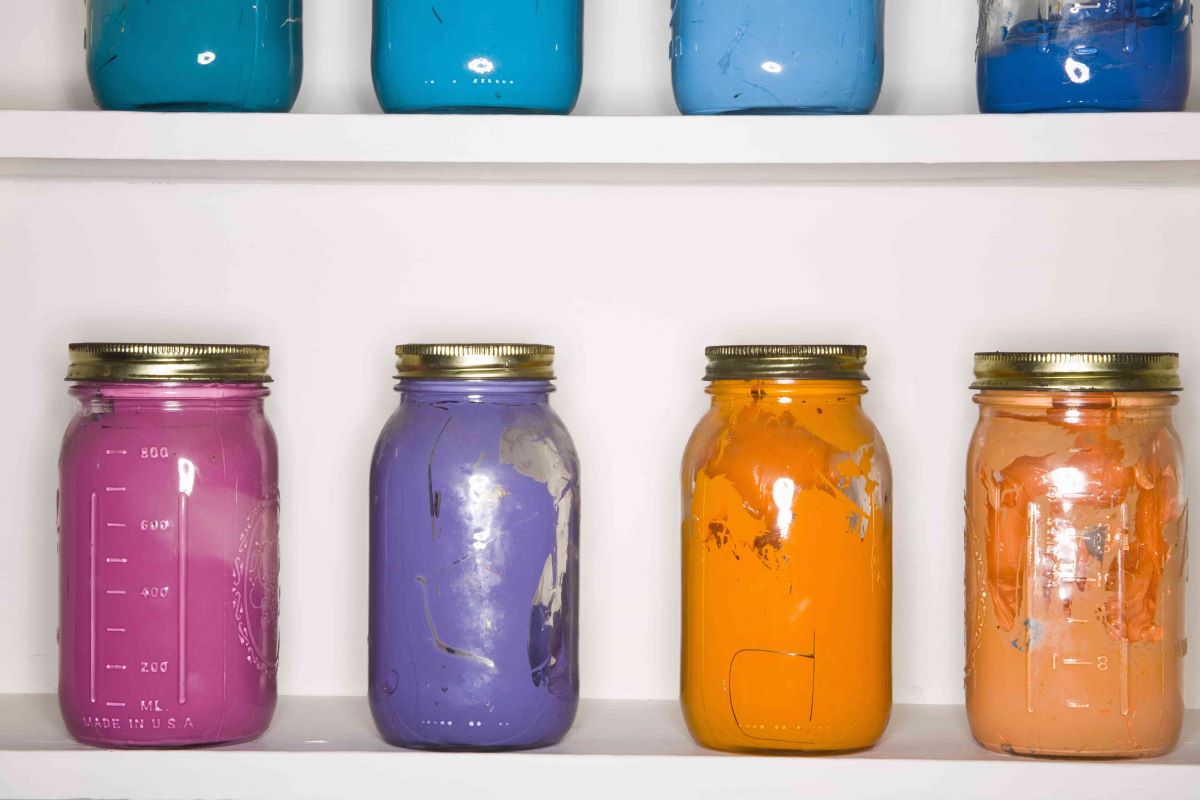

Articles
How To Store Paint Without A Can
Modified: January 8, 2024
Discover the best way to store paint without a can with our informative articles. Keep your paint fresh and organized with our expert tips and techniques.
(Many of the links in this article redirect to a specific reviewed product. Your purchase of these products through affiliate links helps to generate commission for Storables.com, at no extra cost. Learn more)
Introduction
When it comes to storing paint, most of us automatically think of the traditional method – using a can. However, there can be instances where you need to store paint but don’t have a can on hand. Whether you’re in the middle of a painting project and ran out of cans or simply trying to find alternative storage options, there are several methods you can consider.
Storing paint without a can may seem unconventional, but it can be a practical solution in certain situations. Perhaps you want to save space in your garage or avoid the hassle of cleaning and reusing cans. Additionally, if you have leftover paint from small touch-ups, transferring it to a smaller container can be more convenient.
In this article, we will explore various methods for storing paint without a can. We will also discuss the precautions you need to take and safety measures to ensure the paint remains usable and safe.
Before we delve into the alternative options, it’s important to note that the shelf life and quality of the paint can be affected by the storage method. Therefore, it’s recommended to only use these methods for short-term storage or when you don’t have access to traditional paint cans.
Key Takeaways:
- Storing paint without a can offers practical solutions for short-term needs, such as touch-ups or custom color mixtures. Alternative methods like glass jars, plastic containers, and Ziplock bags provide convenience and space-saving options.
- Taking precautions and safety measures, such as proper labeling, airtight containers, and suitable storage locations, is crucial to ensure the stored paint remains usable and safe. Extending the shelf life of paint involves sealing containers properly, preventing contamination, and utilizing quality storage containers.
Read more: How To Store Paint Cans
Why Storing Paint Without a Can is Necessary
There are several reasons why you might find the need to store paint without a can. Here are a few common scenarios:
- Running out of cans: During a home improvement project, it’s not uncommon to run out of paint cans. Sometimes you might need to store additional paint for touch-ups or if you have mixed a custom color and don’t want it to go to waste.
- Saving space: Traditional paint cans can take up a significant amount of space in your garage or storage area. Storing paint without a can allows you to save space and make more efficient use of your storage area.
- Easier access: If you have a small touch-up project or need to transport a small amount of paint, it can be more convenient to transfer the paint to a smaller container rather than lugging around a large paint can.
- Cleaning and reusing cans: Reusing paint cans can be a time-consuming process. It requires thorough cleaning, drying, and removing any remnants of the previous paint. Storing the paint in alternative containers eliminates the need for this extra step.
By exploring alternative storage options, you can find practical and convenient solutions to these common paint storage challenges. However, it’s important to keep in mind that each method has its own set of precautions and considerations to ensure the paint remains usable and safe for future use.
Precautions and Safety Measures
While storing paint without a can can be a viable option in certain situations, it’s crucial to take precautions to ensure the paint remains usable and safe. Here are some important safety measures to keep in mind:
- Labeling: Properly label the alternative containers with the type of paint, color, and any other relevant information. This will help you identify the paint easily and prevent any confusion.
- Airtight containers: Make sure the containers you choose are airtight to prevent air exposure, which can cause the paint to dry out or deteriorate. This is especially important for latex or water-based paints.
- Proper sealing: Ensure that the lids or covers of the alternative containers are tightly sealed to prevent leaks or spills. This will help maintain the paint’s quality and prevent any accidents.
- Storage location: Store the alternative containers in a cool, dry place away from extreme temperatures or direct sunlight. Excessive heat or cold can affect the paint’s consistency and quality.
- Childproofing: If you have children or pets at home, take extra precautions to store the paint containers out of their reach. Consider using childproof locks or keeping them in locked cabinets to avoid any accidents.
- Compatibility: Ensure that the alternative containers you choose are compatible with the type of paint you are storing. Some paints may react with certain materials, such as plastic, leading to quality issues or chemical reactions.
- Stored paint condition: Before using the stored paint, inspect it for any signs of contamination, mold, or odor. If the paint appears clumpy or has an unpleasant smell, it’s best to dispose of it properly.
Following these precautions and safety measures will help ensure that the stored paint remains usable and safe for future use. Keep in mind that while these alternative storage methods can be practical, they are not meant for long-term storage. It’s always advisable to use traditional paint cans for extended periods to maintain the paint’s quality and longevity.
Alternative Options for Storing Paint Without a Can
If you find yourself needing to store paint without a can, there are several alternative options available. Let’s explore some of the most common methods:
- Using Glass Jars: Glass jars with a tight-fitting lid can be a good alternative for storing paint. Make sure to choose jars with an airtight seal to prevent air exposure. This method is particularly suitable for smaller amounts of paint or touch-up projects.
- Using Plastic Containers: Plastic containers, such as food storage containers or plastic buckets with lids, can also be used to store paint. Ensure that the containers are clean, airtight, and specifically designed for storing liquids. Take note of any compatibility issues that may arise with certain types of paint.
- Using Ziplock Bags: For small amounts of paint, you can transfer it to Ziplock bags and seal them tightly. This method is ideal for touch-ups or temporary storage. However, keep in mind that Ziplock bags may not provide the same level of protection against air exposure as other containers.
- Using Paint Trays or Palette Plates: If you have leftover paint from a small project, utilize paint trays or palette plates to store the paint. Cover the tray or plate with plastic wrap or aluminum foil and secure it tightly. This method is suitable for short-term storage and small quantities of paint.
- Using Vacuum Sealing Bags: Vacuum sealing bags can be an effective way to store paint, especially for larger amounts. Place the paint in the bag, remove the air using a vacuum sealer, and seal the bag tightly. This method helps minimize air exposure and maintain the paint’s quality.
- Using Aluminum Foil: If you only have a small amount of paint left, you can transfer it to aluminum foil. Wrap the paint tightly in the foil, ensuring to create a secure seal. This method is suitable for short-term storage and touch-ups.
- Using Plastic Wrap: Another option for storing small amounts of paint is to cover the paint container with plastic wrap. Make sure to wrap it tightly and secure the edges with tape or a rubber band. This method is suitable for temporary storage or transporting small amounts of paint.
Remember to take the necessary precautions and safety measures for each storage method. Keep in mind that these alternative options are best suited for short-term storage or when traditional paint cans are not available. For long-term storage, it’s recommended to use proper paint cans to maintain the paint’s quality and integrity.
Method 1: Using Glass Jars
Glass jars can be an excellent alternative for storing paint without a can, especially when you need to store smaller amounts or for touch-up projects. Here’s how to go about it:
- Select the Right Jar: Choose glass jars with a tight-fitting lid or cap that provides an airtight seal. Mason jars or screw-top jars work well for this purpose. Avoid using jars with metal lids, as they can react with certain types of paint.
- Clean and Prepare the Jar: Prior to transferring the paint, ensure that the jar is clean and free of any residues or contaminants. Wash the jar with warm soapy water and rinse it thoroughly. Allow the jar to dry completely before using.
- Transfer the Paint: Pour the paint into the glass jar carefully, leaving some space at the top. Do not overfill the jar, as it can make sealing difficult. If necessary, use a funnel to avoid spills or mess.
- Seal the Jar: Securely place the lid or cap on the jar and make sure it is tightly sealed. Double-check the seal to ensure that no air can enter the jar. This will help prevent the paint from drying out or deteriorating.
- Label the Jar: Properly label the jar with the type of paint, color, and any other relevant information. This will help you identify the paint easily and prevent any confusion in the future.
- Store in a Suitable Location: Find a cool, dry place to store the jar of paint. Avoid storing it in areas exposed to direct sunlight or extreme temperatures, as they can affect the paint’s quality. Consider using a shelf or cabinet specifically designated for paint storage.
Using glass jars for storing paint provides the advantage of being transparent, allowing you to easily see the color and amount of paint left. However, it’s essential to remember that glass jars are not as durable as paint cans, so handle them with care to avoid breakage.
By following these simple steps, you can effectively store paint without a can using glass jars. This method is suitable for short-term storage and smaller quantities of paint, making it convenient for touch-up projects or storing custom paint mixtures.
Read more: How To Store Paint Without A Lid
Method 2: Using Plastic Containers
If you don’t have paint cans available, plastic containers can serve as a practical alternative for storing paint. Here’s a step-by-step guide on how to store paint without a can using plastic containers:
- Choose the Right Plastic Container: Opt for plastic containers that are specifically designed for storing liquids. Look for containers with a tight-fitting lid or cap that provides an airtight seal. Ensure that the plastic is durable and resistant to chemical reactions with the paint.
- Clean and Prepare the Container: Thoroughly clean the plastic container beforehand to remove any residues or contaminants. Wash it with warm soapy water, rinse it well, and allow it to dry completely before transferring the paint.
- Transfer the Paint: Carefully pour the paint into the plastic container, leaving some space at the top. Avoid overfilling the container to make sealing easier and prevent spillage. If needed, you can use a funnel to pour the paint without creating a mess.
- Seal the Container: Securely fasten the lid or cap of the plastic container to create an airtight seal. Double-check the closure to ensure there are no gaps or openings that may allow air to enter. A tight seal will help maintain the paint’s integrity and prevent it from drying out.
- Label the Container: It’s crucial to label the plastic container with the necessary information, such as the paint type, color, and any other relevant details. Proper labeling will not only help you identify the paint easily but also prevent any confusion in the future.
- Find a Suitable Storage Location: Store the plastic container in a cool, dry place away from direct sunlight or extreme temperatures. Consider dedicating a shelf or cabinet specifically for paint storage to keep the containers organized and easily accessible.
Using plastic containers for storing paint without a can offers the advantage of being lightweight and easy to handle. However, it’s important to ensure that the plastic is compatible with the type of paint you are storing to prevent any adverse reactions or quality issues.
By following these steps, you can effectively store paint without a can using plastic containers. Whether you are preserving leftover paint for touch-ups or storing custom color mixtures, this method provides a practical solution for short-term storage.
Method 3: Using Ziplock Bags
If you need to store a small amount of paint or require a temporary storage solution, using Ziplock bags can be a convenient method. Here’s a step-by-step guide on how to store paint without a can using Ziplock bags:
- Select the Right Size: Choose a Ziplock bag that is appropriately sized for the amount of paint you need to store. Consider using quart-size or gallon-size bags, depending on the quantity of paint.
- Pour the Paint: Carefully pour the paint into the Ziplock bag, being mindful not to exceed the bag’s capacity. It’s recommended to pour smaller amounts to prevent leaks or spills and make sealing easier.
- Seal the Bag: Press out as much air as possible from the bag and ensure that it is completely closed and sealed. Zip the bag tightly to create an airtight seal and to prevent the paint from drying out.
- Double Bag (Optional): If you want to provide an extra layer of protection, you can consider double bagging the paint. Simply place the sealed Ziplock bag containing the paint into a second Ziplock bag and seal it tightly as well.
- Label the Bag: To avoid confusion, label the Ziplock bag with the necessary information, such as the paint type, color, and any other relevant details. This will help you easily identify the paint when needed.
- Storage: Store the Ziplock bags of paint in a cool, dry place away from direct sunlight or extreme temperatures. Consider placing them in a box or container to keep them organized and protected.
It’s important to note that while using Ziplock bags for paint storage can be convenient, they may not provide the same level of protection against air exposure as other containers. Therefore, this method is best suited for short-term storage or temporary situations.
By following these steps, you can effectively store small amounts of paint without a can using Ziplock bags. Whether you need to store leftover paint for touch-up projects or transport small quantities, this method offers a simple and convenient solution.
Store paint without a can by pouring it into a clean glass jar with a tight-fitting lid. Make sure to label the jar with the paint color and date. Keep the jar in a cool, dry place away from direct sunlight.
Method 4: Using Paint Trays or Palette Plates
If you have leftover paint from a small project or need to store paint temporarily, utilizing paint trays or palette plates can be a practical option. Here’s a step-by-step guide on how to store paint without a can using paint trays or palette plates:
- Clean the Tray or Plate: Ensure that the paint tray or palette plate is clean and free of any residues from previous use. Use warm soapy water to wash it thoroughly, and allow it to dry completely.
- Transfer the Paint: Carefully pour the paint into one section of the paint tray or onto the palette plate. Be mindful not to overfill or mix different colors excessively, especially if you plan to store the paint for future use.
- Cover the Tray or Plate: To protect the paint from dust or debris, cover the paint tray or palette plate with plastic wrap or aluminum foil. Make sure to tightly secure the covering to prevent any air exposure.
- Secure the Wrap or Foil: Use tape or rubber bands to secure the plastic wrap or aluminum foil tightly around the edges of the tray or plate. This will ensure that the paint remains sealed and isolated from the air.
- Label the Tray or Plate: To easily identify the paint, label the covered tray or plate with the type of paint, color, and any other relevant information. This will prevent any confusion when you need to retrieve the paint later on.
- Store in a Suitable Location: Find a cool, dry place to store the covered paint tray or palette plate. Avoid areas with direct sunlight or extreme temperatures, as they can impact the paint’s quality. Additionally, make sure to place the tray or plate in a location where it won’t be accidentally knocked over or disturbed.
Using paint trays or palette plates for paint storage is ideal for smaller quantities and touch-up projects. However, it’s important to note that this method is more suitable for short-term storage rather than long-term preservation.
By following these steps, you can effectively store paint without a can using paint trays or palette plates. This method provides a convenient solution for temporarily storing small amounts of paint and keeps the color easily accessible for future touch-ups.
Method 5: Using Vacuum Sealing Bags
If you have a larger amount of paint that needs to be stored without a can, using vacuum sealing bags can be an effective method. Here’s a step-by-step guide on how to store paint without a can using vacuum sealing bags:
- Select the Right Size Bags: Choose vacuum sealing bags that are large enough to accommodate the amount of paint you need to store. Ensure that the bags are specifically designed for liquids and have a reliable sealing mechanism.
- Prepare the Bag: Open the vacuum sealing bag and place it in a suitable location, ready for filling. Make sure the bag is clean and free of any moisture or contaminants that may affect the paint’s quality.
- Pour the Paint: Carefully pour the paint into the vacuum sealing bag. Take care not to exceed the bag’s maximum capacity to allow room for the vacuum sealing process. A funnel can be used to prevent any spills or mess.
- Seal the Bag: Follow the instructions provided with the vacuum sealing bag system to securely seal the bag. Most systems use a heat-sealing method to create an airtight seal. Make sure the seal is tight and complete to prevent air exposure.
- Remove the Air: Use the vacuum sealing system to remove the air from the bag. This process will help create a vacuum inside the bag and remove any remaining air pockets. Follow the manufacturer’s instructions on how to properly use the vacuum sealing machine.
- Label the Bag: To easily identify the paint, label the vacuum-sealed bag with the paint type, color, and any other relevant information. This will help you quickly find and identify the paint when needed.
- Store in a Suitable Location: Find a cool, dry place to store the vacuum-sealed bags of paint. Keep them away from direct sunlight or extreme temperatures, as these factors can affect the paint’s quality over time. Consider using a box or bin to keep the bags organized and protected.
Using vacuum sealing bags for paint storage provides an effective way to eliminate air exposure and maintain the paint’s quality for an extended period. This method is particularly useful for larger amounts of paint that need to be stored without a can.
By following these steps, you can successfully store paint without a can using vacuum sealing bags. This method offers a reliable solution for preserving paint’s freshness and quality, making it suitable for both short-term and long-term storage needs.
Read more: How To Store Paint Cans In Garage
Method 6: Using Aluminum Foil
If you have a small amount of paint that needs temporary storage, using aluminum foil can be a simple and economical option. Here’s a step-by-step guide on how to store paint without a can using aluminum foil:
- Prepare the Foil: Tear off a piece of aluminum foil that is large enough to adequately wrap and cover the paint. The size will depend on the amount of paint you need to store.
- Pour the Paint: Carefully pour the paint onto the center of the aluminum foil. Be cautious not to pour more than the foil can handle, as it may result in leaks or spills. If necessary, fold the foil to create a pocket-like shape to contain the paint.
- Wrap and Seal: Cover the paint with the aluminum foil by folding the sides upwards and towards the center. Continue folding until the foil is tightly wrapped around the paint, creating a secure seal. Ensure that there are no openings or gaps that could expose the paint to air.
- Secure the Wrap: To further secure the aluminum foil wrap, use tape or rubber bands to hold the edges in place. This will prevent the foil from unwrapping or the paint from leaking during storage.
- Label the Foil: To easily identify the paint, label the aluminum foil with the paint type, color, and any other relevant information. This will help you quickly locate the paint when needed, especially if you have multiple foil-wrapped paint samples.
- Find a Suitable Storage Location: Store the foil-wrapped paint in a cool, dry place away from direct sunlight or extreme temperatures. Consider placing the wrapped paint in a box or container to keep them organized and protected from accidental damage.
Using aluminum foil for temporary paint storage is a convenient option, particularly for smaller quantities. However, keep in mind that this method is best suited for short-term storage and should not be used as a long-term solution.
By following these steps, you can easily store paint without a can using aluminum foil. This method is ideal for temporary situations or when you have leftover paint that needs to be stored briefly until the next use or until you can acquire proper paint cans.
Method 7: Using Plastic Wrap
When you need to store a small amount of paint temporarily, plastic wrap can be a convenient and easily accessible option. Here’s a step-by-step guide on how to store paint without a can using plastic wrap:
- Prepare the Surface: Make sure the surface you’ll be using to wrap the paint is clean and free of any debris or residue. This will ensure that the paint remains uncontaminated during storage.
- Pour the Paint: Carefully pour the paint onto the center of the plastic wrap. Use caution not to pour more than the plastic wrap can accommodate, as it may lead to leaks or spills.
- Wrap and Secure: Take the edges of the plastic wrap and bring them up and over the paint. Gently press the wrap against the paint and fold the edges to create a tight seal. Ensure that the wrap completely covers the paint and there are no openings or gaps.
- Secure the Wrap: To keep the plastic wrap tightly sealed around the paint, use tape or rubber bands to secure the edges. This will prevent the wrap from coming loose during storage and help maintain a tight seal.
- Label the Wrap: To easily identify the paint, label the plastic wrap with the paint type, color, and any other pertinent information. This will make it effortless to locate the paint when needed, especially if you have multiple wrapped paint samples.
- Find a Suitable Storage Location: Store the plastic-wrapped paint in a cool, dry area away from direct sunlight or extreme temperatures. Consider using a designated box or container to keep the wrapped paint organized and protected from accidental damage.
Using plastic wrap for temporary paint storage is a quick and simple method, especially if you only have a small amount of paint to store. However, it’s important to note that this method is best suited for short-term storage and should not be used for extended periods.
By following these steps, you can effectively store paint without a can using plastic wrap. This method is ideal for temporary storage situations or when you have leftover paint that needs to be stored until the next use or until you can acquire proper paint cans.
Tips for Extending the Shelf Life of PaintWhether you’re storing paint in traditional cans or using alternative storage methods, it’s essential to take proper care to extend the shelf life of the paint. Here are some tips to help keep your paint in good condition:
- Seal the Containers Properly: Ensure that paint cans or alternative storage containers are tightly sealed to prevent air exposure. This will help maintain the paint’s consistency and prevent it from drying out.
- Store in a Cool, Dry Place: Keep the paint in a location that is not exposed to extreme temperatures or humidity. Avoid storing paint near heat sources or in areas prone to moisture, as this can affect the quality and longevity of the paint.
- Keep Containers Upright: Store paint containers in an upright position to prevent leakage or spills. This also helps maintain the paint’s proper viscosity and prevents the paint from settling or separating.
- Avoid Freezing: Protect the paint from freezing temperatures, as it can cause irreversible damage. If you live in a cold climate, store the paint in a temperature-controlled space to prevent freezing.
- Prevent Contamination: Avoid introducing foreign materials, such as dust or debris, into the paint containers. Always clean brushes or tools thoroughly before dipping them into the paint to prevent contamination.
- Label and Date the Containers: Properly label each container with the paint type, color, and the date it was stored. This will help you identify and use the oldest paint first, ensuring that you use paint before it exceeds its recommended shelf life.
- Regularly Inspect the Paint: Periodically check stored paint for any signs of spoilage, such as mold growth, foul odor, or a grainy texture. Dispose of any paint that appears to be contaminated or has deteriorated beyond use.
- Use Quality Paint Storage Containers: Invest in high-quality paint storage containers, such as airtight cans or specially designed paint storage systems. These containers are designed to maintain the paint’s integrity and extend its shelf life.
- Utilize Desiccants: Consider placing moisture-absorbing desiccant packs or silica gel packets inside the storage containers to help keep the paint dry and free from moisture-related issues.
- Rotate and Use Stored Paint: Whenever possible, utilize the oldest stored paint first. Rotate your paint stock to ensure that the paint is used within its recommended shelf life and avoid unnecessary waste.
By following these tips, you can extend the shelf life of your stored paint and maintain its quality for future use. Proper storage and care are crucial to ensure that the paint remains in a usable condition and yields satisfactory results when you’re ready to use it.
Conclusion
Storing paint without a can is a practical solution in certain situations where traditional paint cans may not be available or convenient. Whether you’re running out of cans, looking to save space, or need to store smaller amounts of paint, there are alternative options that can meet your needs.
In this article, we explored various methods for storing paint without a can. We discussed using glass jars, plastic containers, Ziplock bags, paint trays or palette plates, vacuum sealing bags, aluminum foil, and plastic wrap as potential alternatives. Each method comes with its own set of considerations, precautions, and suitability for certain storage needs.
While these alternatives can be effective for short-term storage or specific situations, it’s important to remember that they may not offer the same level of durability and longevity as traditional paint cans. Therefore, it’s recommended to use these methods for temporary storage or when cans are not readily available.
Additionally, we discussed important precautions and safety measures to ensure the paint remains in good condition and safe to use. Proper labeling, airtight containers, suitable storage locations, and regular inspections are key factors in maintaining the quality of stored paint.
To extend the shelf life of paint, we provided tips such as sealing containers properly, storing paint in appropriate conditions, preventing contamination, and utilizing quality storage containers. By following these guidelines, you can prolong the life of your paint and avoid unnecessary waste.
Ultimately, whether you choose to store paint in traditional cans or explore alternative methods, it’s crucial to consider the specific needs of your paint and the intended duration of storage. By doing so, you can ensure that your stored paint remains usable, safe, and ready for future projects.
Remember, proper paint storage not only helps you avoid the hassle of dried-out or spoiled paint, but it also allows you to make the most out of your painting materials and ensures that your projects are completed with the best quality results.
Frequently Asked Questions about How To Store Paint Without A Can
Was this page helpful?
At Storables.com, we guarantee accurate and reliable information. Our content, validated by Expert Board Contributors, is crafted following stringent Editorial Policies. We're committed to providing you with well-researched, expert-backed insights for all your informational needs.
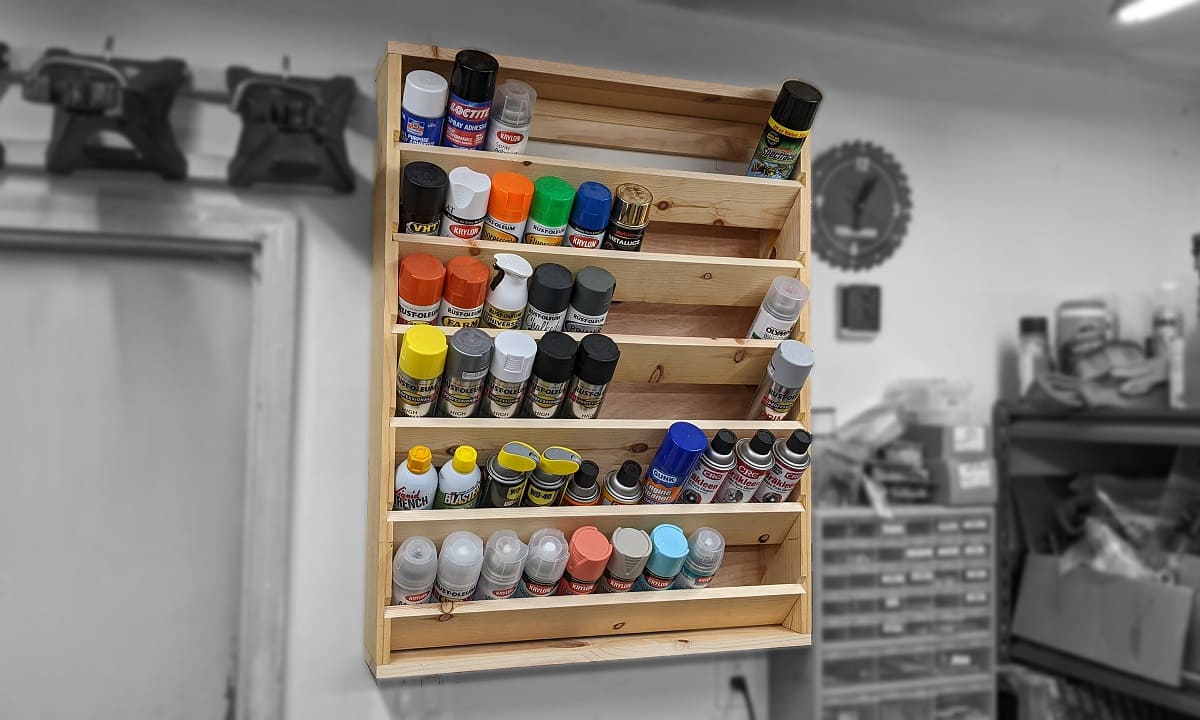
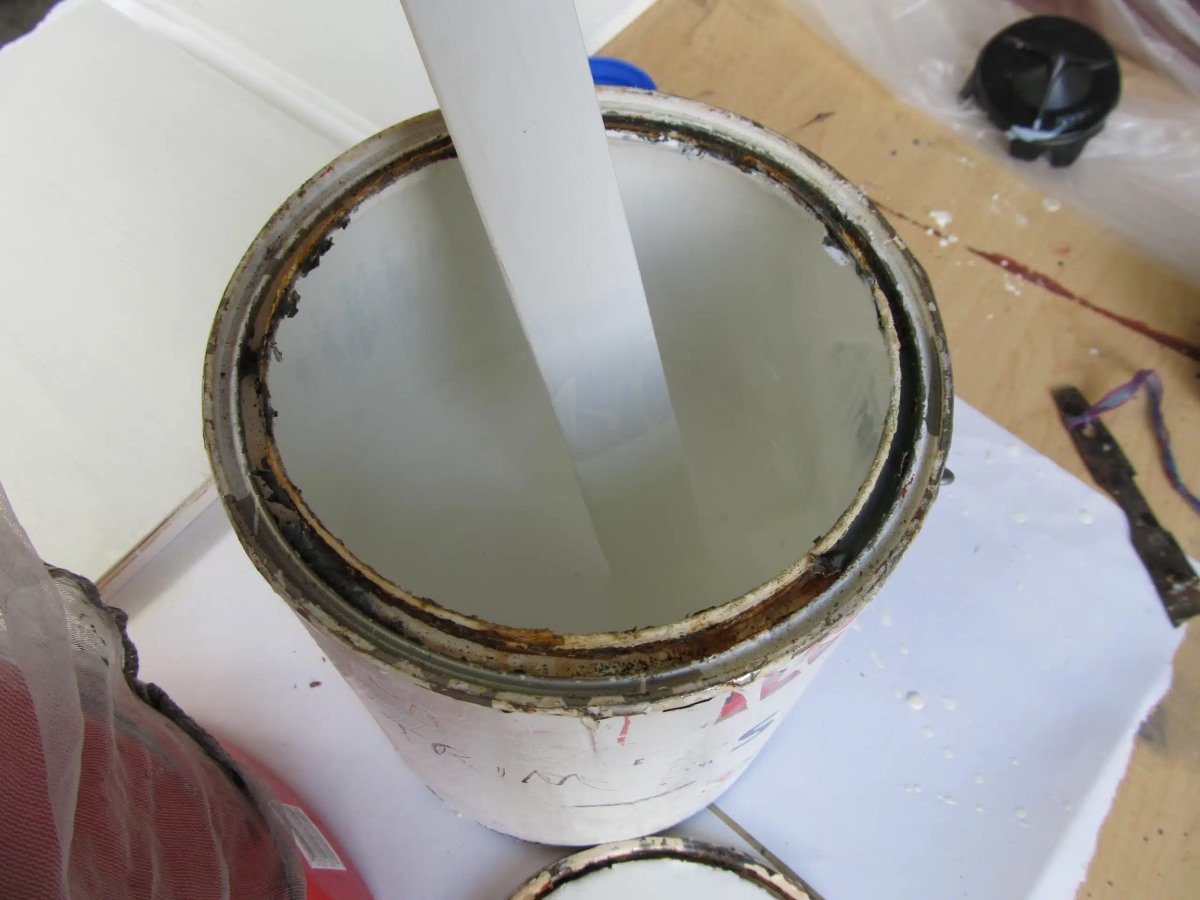
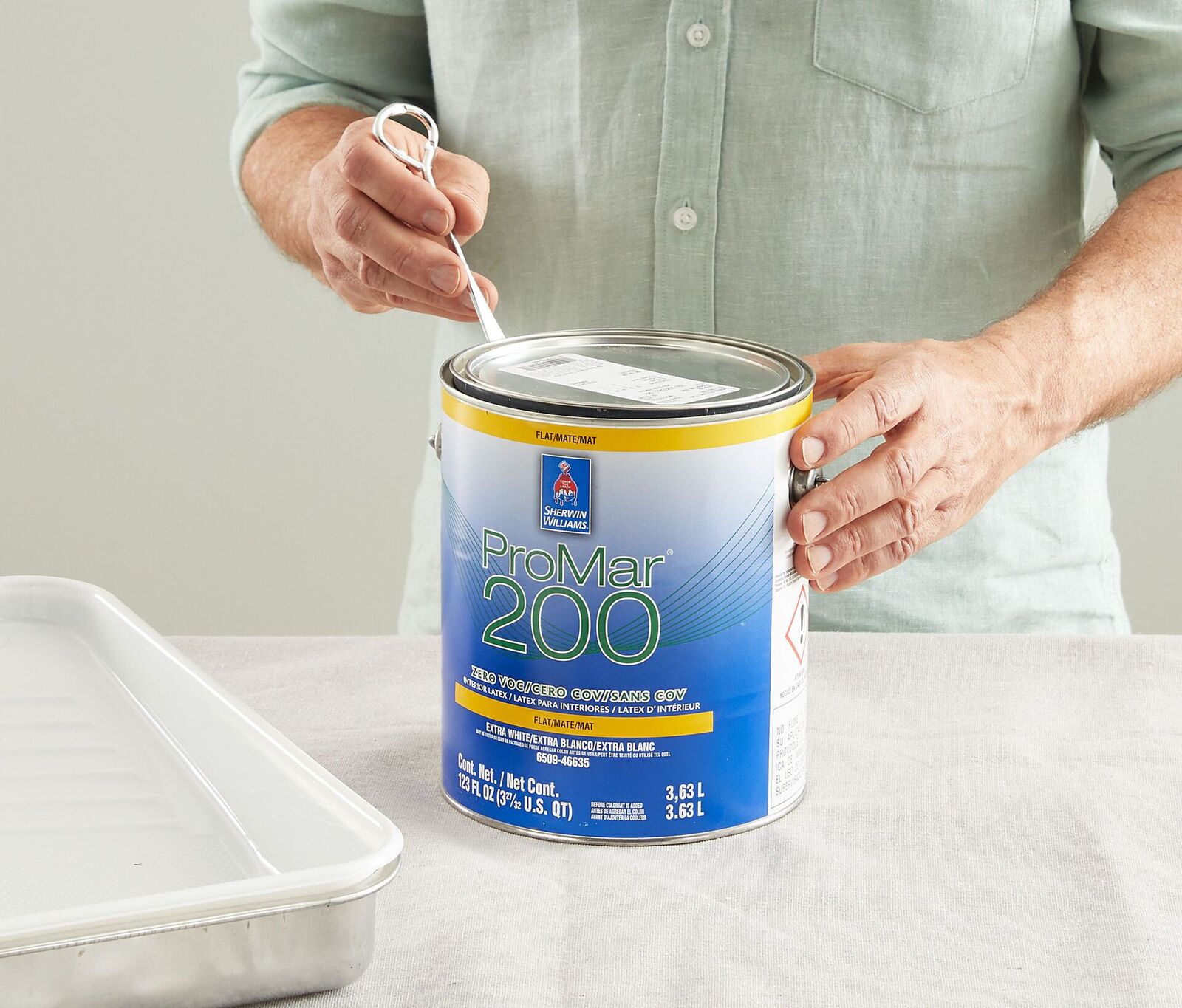
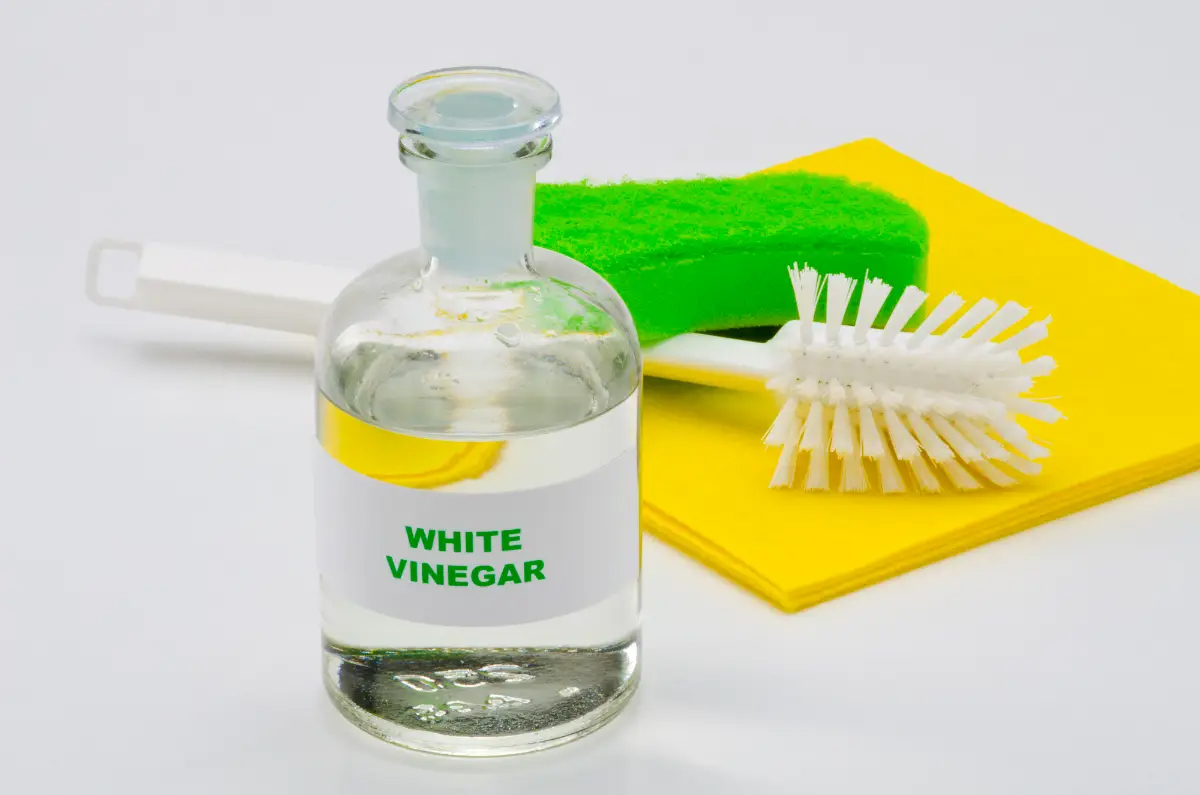

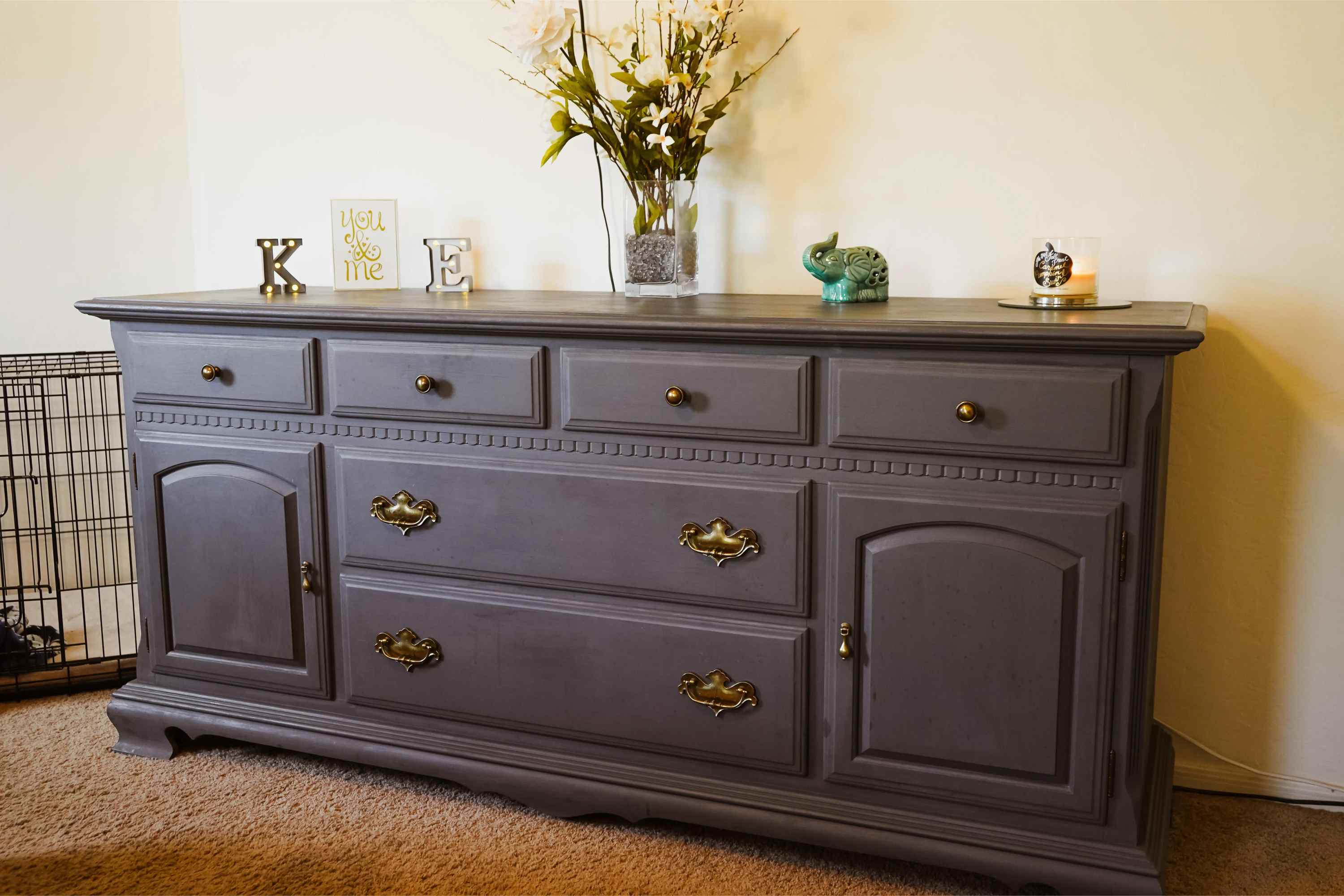

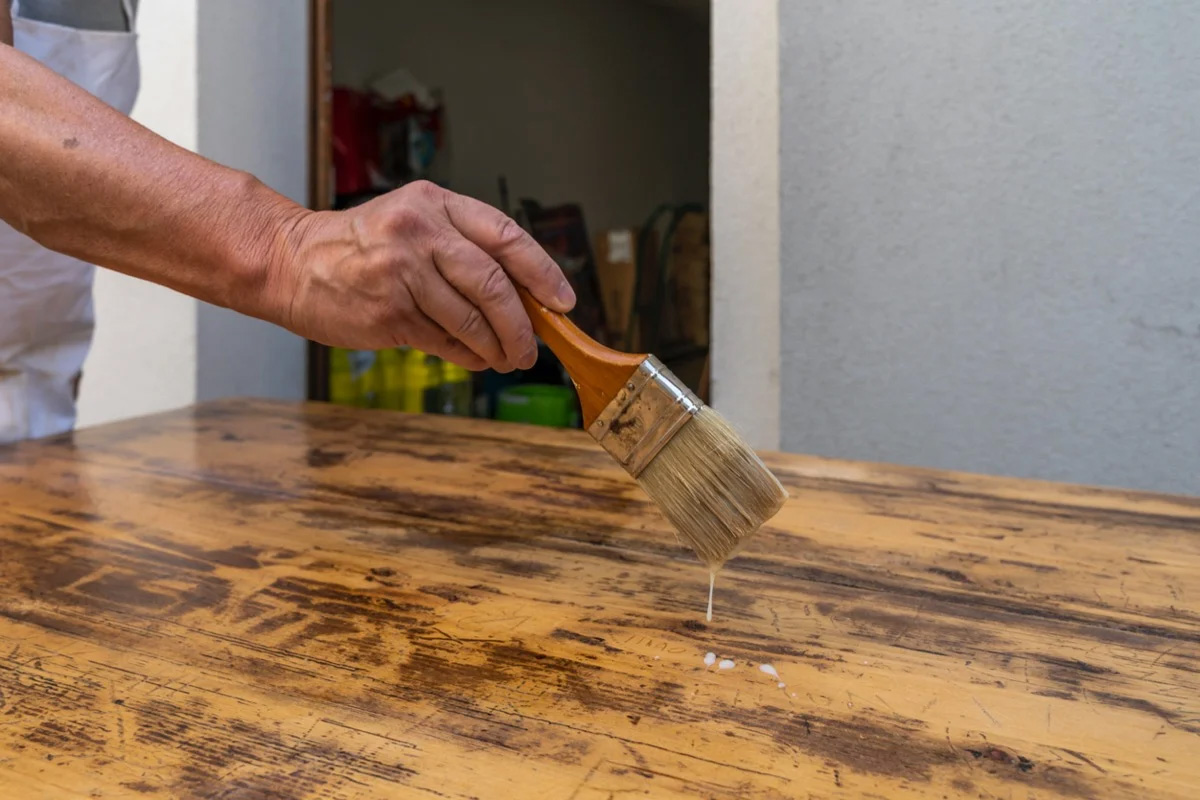
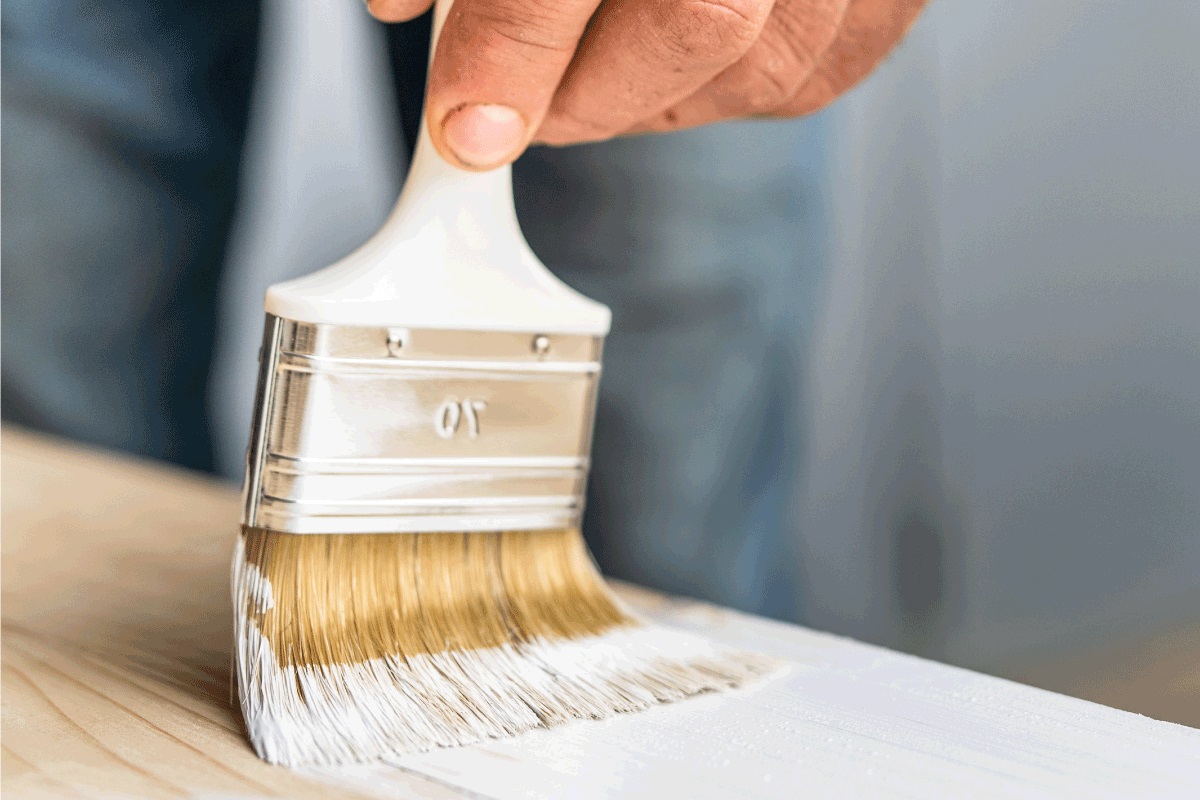


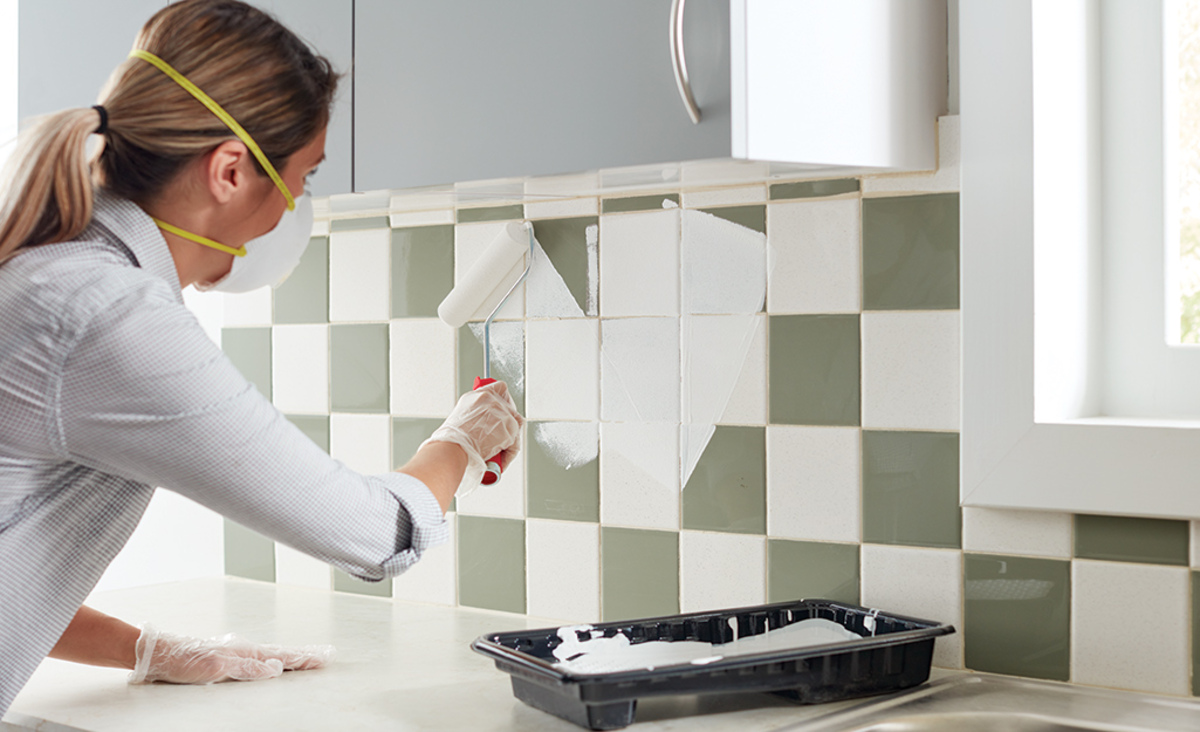
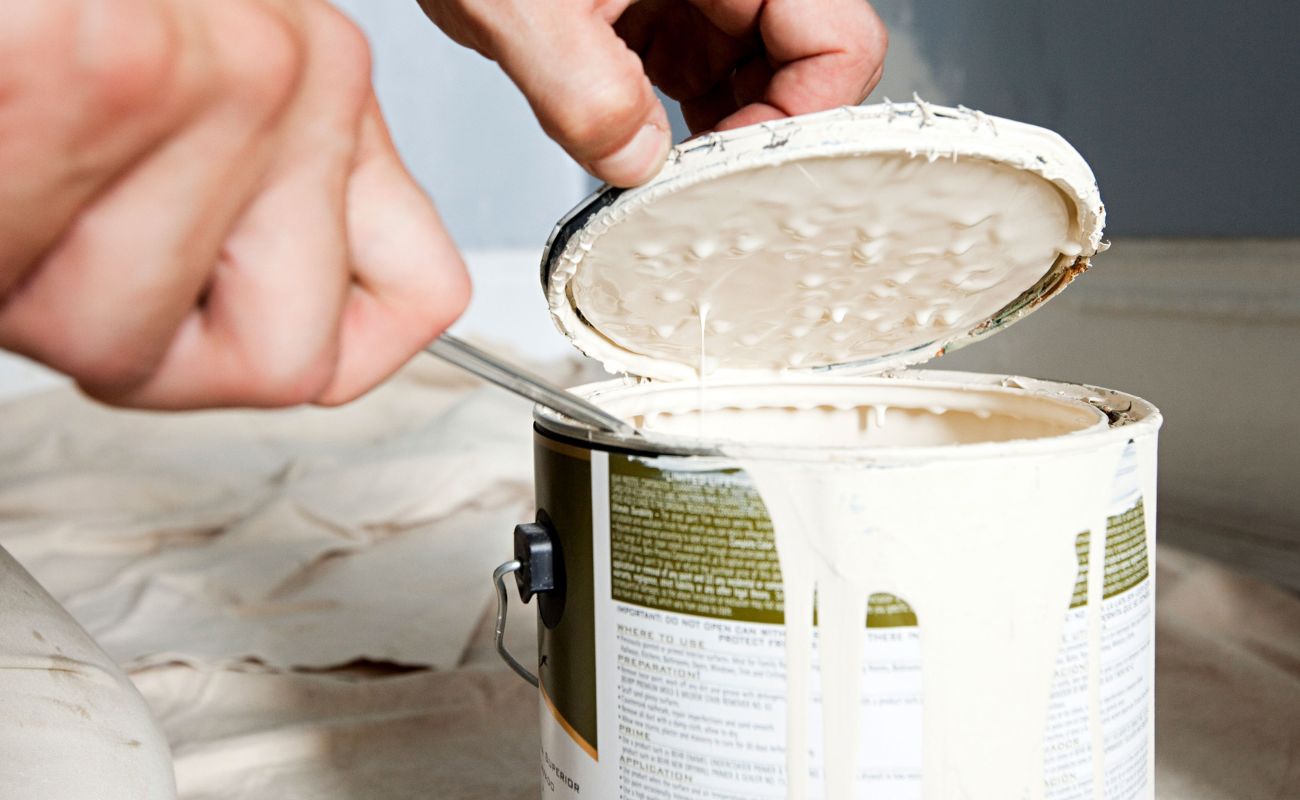

0 thoughts on “How To Store Paint Without A Can”